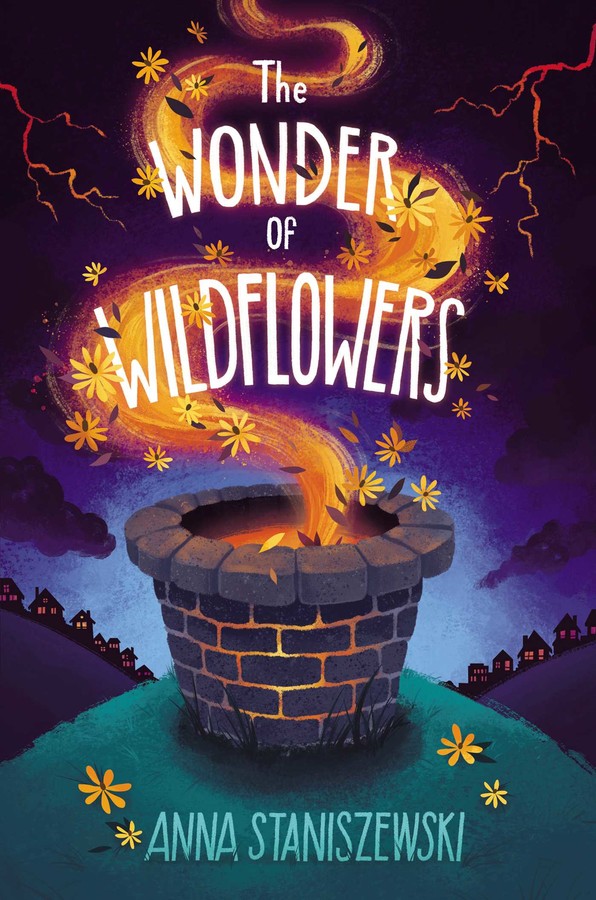The magic of Anna Staniszewski’s book, The Wonder of Wildflowers is how it blends the familiar with the unknown areas that our imaginations are left to play in. It’s a novel that’s set in the present, with people who are in the same situations as you and I, yet there are elements happening in the book that make it as if it’s set in the future. Is ‘soft science-fiction’ a thing or has Staniszewski touched a niche that’s just begging for a USA Network genre series? Whatever it’s called, The Wonder of Wildflowers has enough dramatic elements in its science-fiction or science-fiction in its drama to hook most readers in grades 3-7 with ease.

Let’s be clear on ‘drama’, I’m not talking about the Carrington style. This is the drama that an upper elementary school or middle school student will create. The curve ball, and the soft science-fiction bent to the book is that this is a future where most of the population take Amber. Amber is a liquid where all you have to do is dab a little bit on your skin and it’ll allow broken bones to heal quicker, make you think faster and have the magic that everyone else seems to have.
This is a magic that Mira has never known. She’s incredibly creative, but is a fifth-grader who always seems just a bit off. Krysta is the popular girl, who is also the daughter of a local politician. Eileen is another friend who regularly takes Amber. Amber is rationed out to citizens and since Mira’s mother is only in the country on a work visa they can’t receive any. Her family has been in the country for many years and are very close to becoming citizens, which means that her happy days of popularity, coordinated dancing and being in on the magic are just around the corner.
Just as Mira’s social life is about to hit a new high she’s been randomly assigned to do a school project on wildflowers with Daniel. He’s the only kid in class who wears glasses-because everyone else takes Amber; she’s scared of being teamed up with the biggest geek in school, just as she’s on the precipice of being cool for the first time at school. There are bigger things at play, namely the town is growing more paranoid over those who don’t take Amber. As Amber is rationed out to citizens the towns folk are getting agitated, profiling or being openly hostile to those who aren’t from there.
All of these situations sound hyper political-and they can be. However, their presentation in The Wonder of Wildflowers isn’t political. Just when you think something is going to sort out one particular way, it shifts the other direction. It tamps down the insanity and rash decisions that sometimes happen in real life. In other words, The Wonder of Wildflowers is a soft science-fiction book that portrays an alternate reality that we could benefit from. It’s also a great book for ages 8-14. The chapters are short enough, about 4-6 pages to really keep readers actively engaged. The book also treats that age with intelligence by respecting the things that they’re going through, in addition to throwing them some curve balls.
There are affiliate links in this post, because, wildflowers.




 Facebook
Facebook Twitter
Twitter Flickr
Flickr GooglePlus
GooglePlus Youtube
Youtube